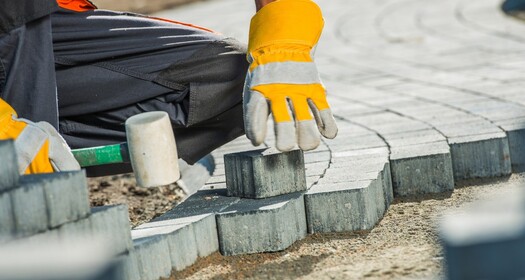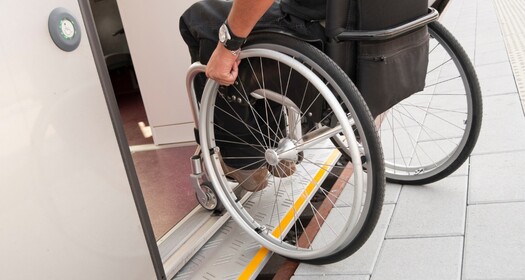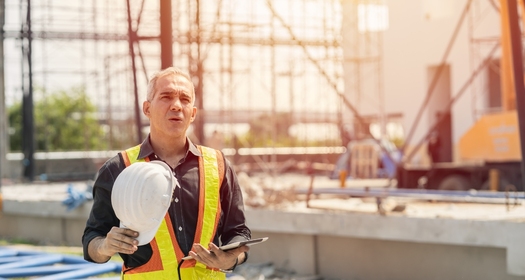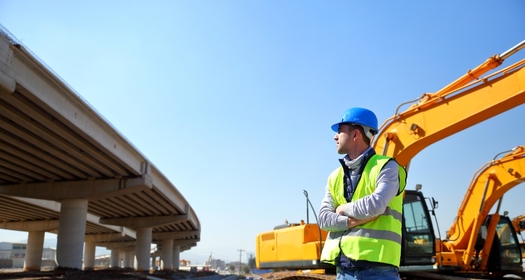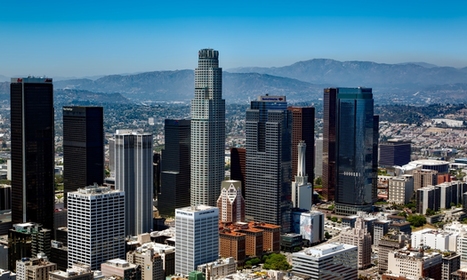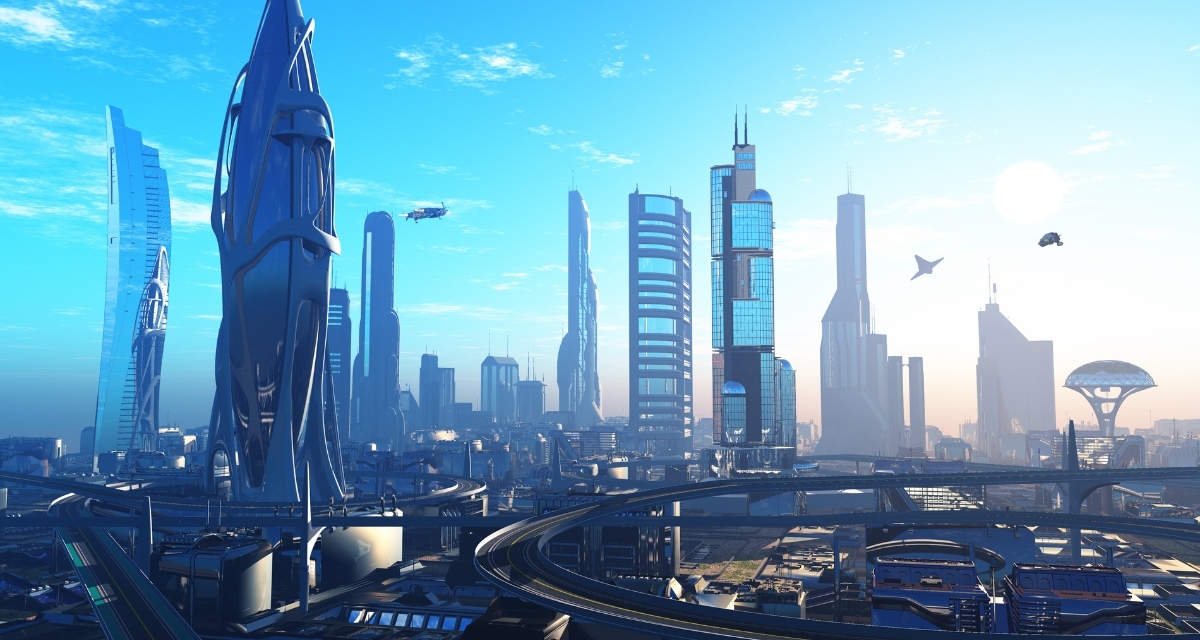
The Future of US Transportation Infrastructure
The US transportation system is on the brink of collapse. The nation's highways and bridges are in disrepair, traffic congestion is a daily frustration for millions of Americans, and the environmental toll of vehicle emissions is becoming increasingly unsustainable. However, there is hope for the future of transportation in the United States: rail. While the US has long been a nation that relies heavily on road transportation, there is a growing movement to shift toward rail as a more efficient, sustainable, and cost-effective means of moving people and goods. In this post, we'll explore the benefits of rail transportation, the challenges to overcoming road dependence, the future of US rail infrastructure, and the role of technology in shaping the transportation landscape of the future.
The Case for Rail
Rail transportation has numerous benefits over road transportation. For one, rail transportation is far more efficient in terms of fuel consumption and emissions, making it a more environmentally friendly option. Additionally, rail transportation has the potential to reduce traffic congestion, which not only benefits the environment but also saves time and money for commuters and businesses. Rail transportation is also better suited for transporting large quantities of goods over long distances, making it a cost-effective option for shipping and logistics. As former Vice President Joe Biden once said, "The future is rail or fail." In the next section, we'll take a closer look at the advantages of rail transportation and why it may be the key to solving many of the transportation challenges facing the US today.
Challenges to Overcoming Road Dependence
Despite the many benefits of rail transportation, the US has a long history of dependence on road transportation, and there are several obstacles that must be overcome to shift toward rail. One challenge is the political and economic influence of the auto industry and oil companies, which have long been major players in the US transportation sector. Additionally, the culture of individualism in the US has contributed to a preference for personal vehicles over public transportation. As former CEO of Chrysler Corporation Lee Iacocca once said, "Americans will always prefer to drive themselves, no matter the cost." Overcoming this cultural bias and shifting toward more sustainable and efficient modes of transportation will require significant investment in infrastructure and education. In the next section, we'll explore the future of rail infrastructure in the US and how it can help to address these challenges.
The Future of US Rail Infrastructure
Although the US has lagged behind other countries in terms of rail infrastructure, there is growing momentum behind several proposed rail projects that have the potential to transform transportation in the US. One of the most ambitious proposals is for a high-speed rail network that would connect major cities throughout the country, reducing travel time and increasing access to transportation for millions of Americans. Public-private partnerships will play a significant role in funding and developing these projects, as they have in successful rail infrastructure projects around the world. As Richard Branson, founder of the Virgin Group, once said, "Railways are the future, but the US is stuck in the past." It's clear that significant investment and political will are needed to bring US rail infrastructure into the 21st century, but the potential benefits are enormous.
In the next section, we'll look at the role of technology in shaping the future of transportation in the US and how it can help to make rail infrastructure more efficient, sustainable, and cost-effective.
The Role of Technology in Rail Infrastructure
Advances in technology are changing the rail industry and making it more attractive as a mode of transportation. Automation is making rail transportation more efficient and reducing the risk of human error. Electrification is making rail transportation more sustainable by reducing dependence on fossil fuels. And new technologies like smart sensors and big data are making rail transportation more reliable and cost-effective. As Jacinda Ardern, Prime Minister of New Zealand, has said, "The future of rail is not just faster, it's smarter." While there is still much work to be done to integrate new technologies into US rail infrastructure, there is no doubt that they will play a significant role in shaping the future of transportation in the US.
In the conclusion, we'll summarize the key points of the post and discuss the urgent need for action to address the challenges facing the US transportation system.
Conclusion
In conclusion, the future of US transportation infrastructure is at a critical juncture. The challenges facing the US transportation system are significant, but the potential benefits of shifting toward rail transportation are enormous. From reducing emissions to increasing efficiency and reducing congestion, rail transportation has the potential to transform transportation in the US. As former President Barack Obama once said, "The future is not predetermined - we have the power to shape it." It's up to all of us - policymakers, business leaders, and citizens - to come together and create a transportation system that is sustainable, efficient, and equitable for all. By investing in rail infrastructure, embracing new technologies, and shifting away from our dependence on personal vehicles, we can create a transportation system that serves the needs of all Americans and helps to build a more prosperous and sustainable future.


